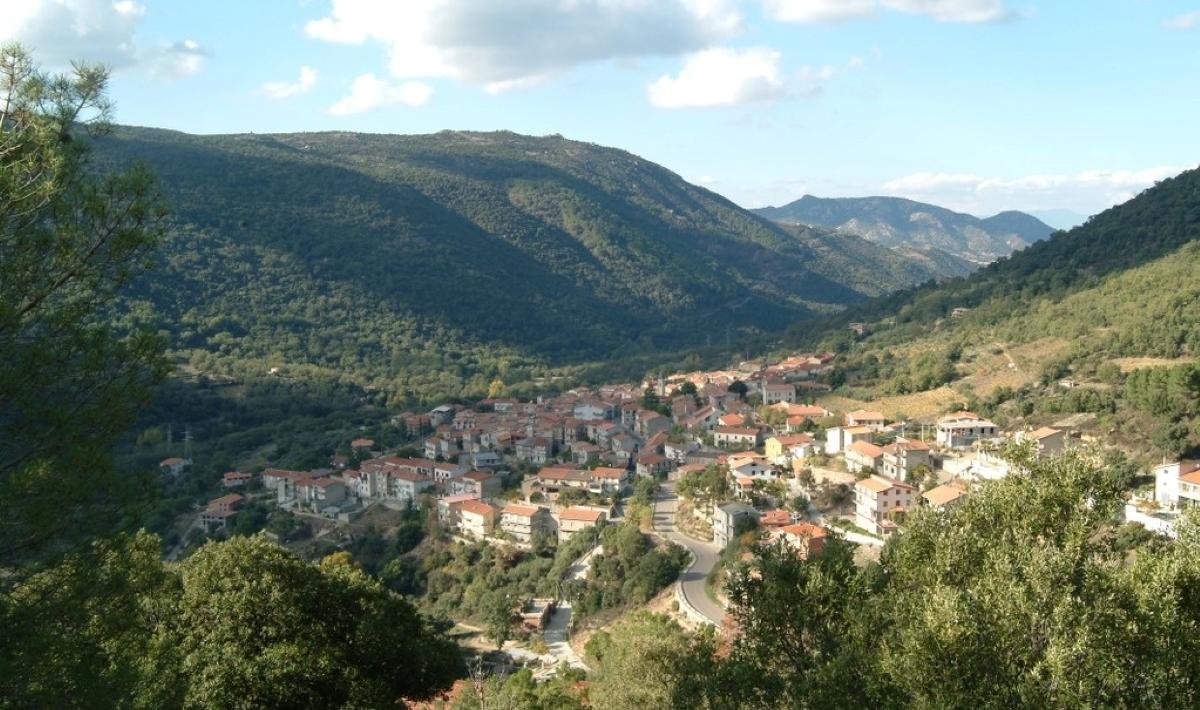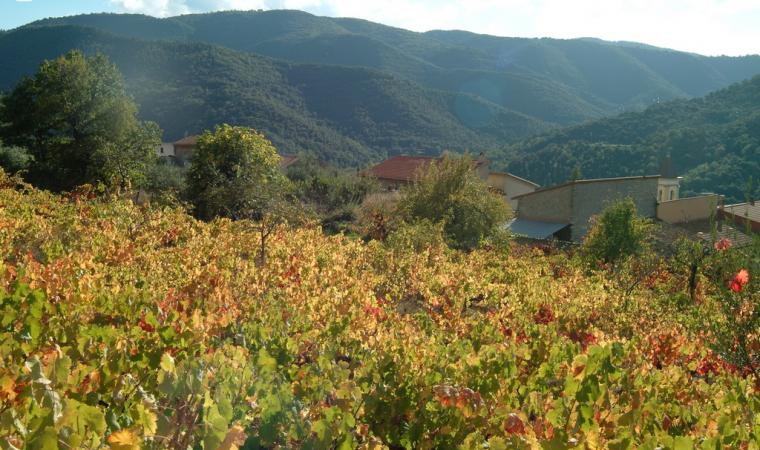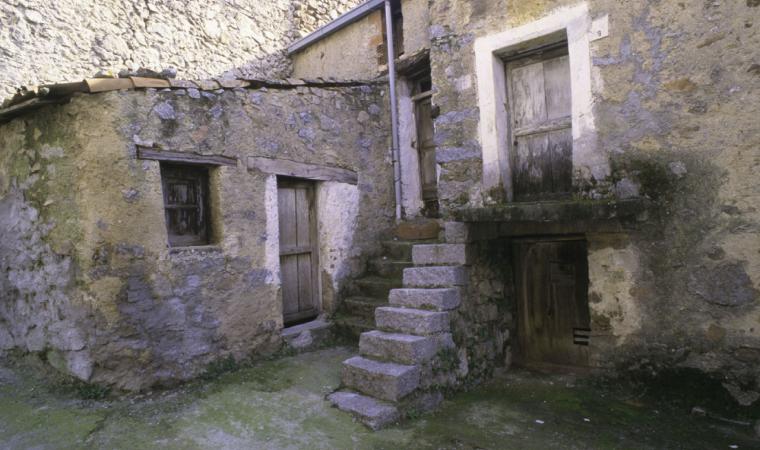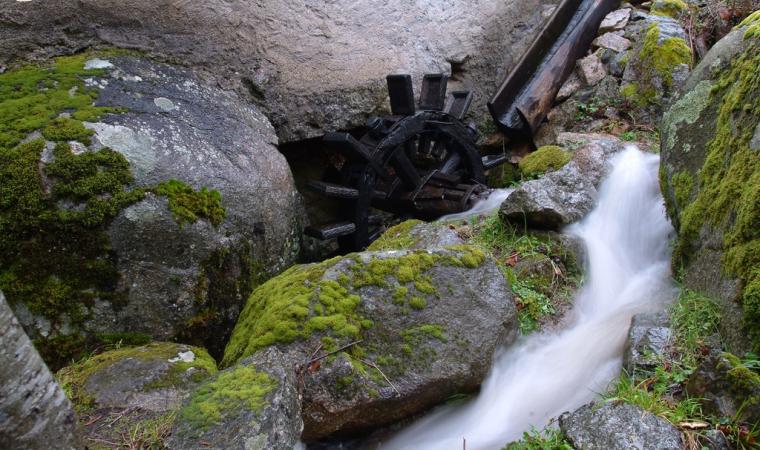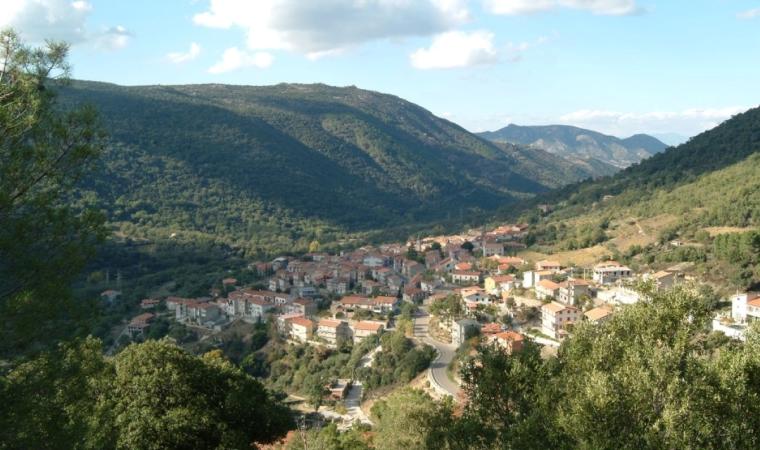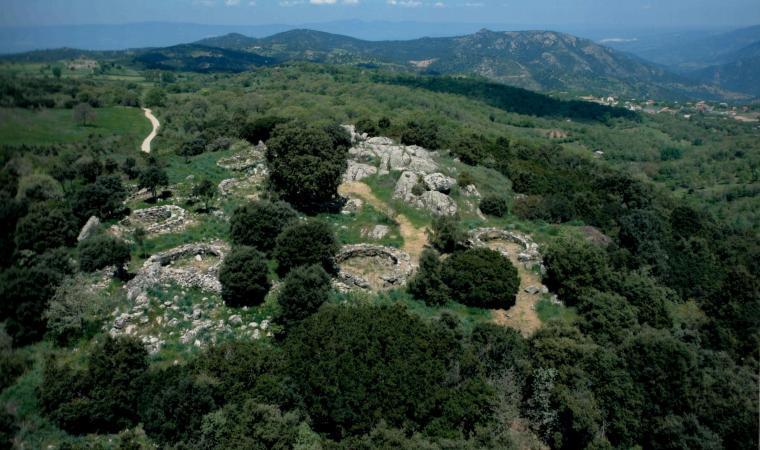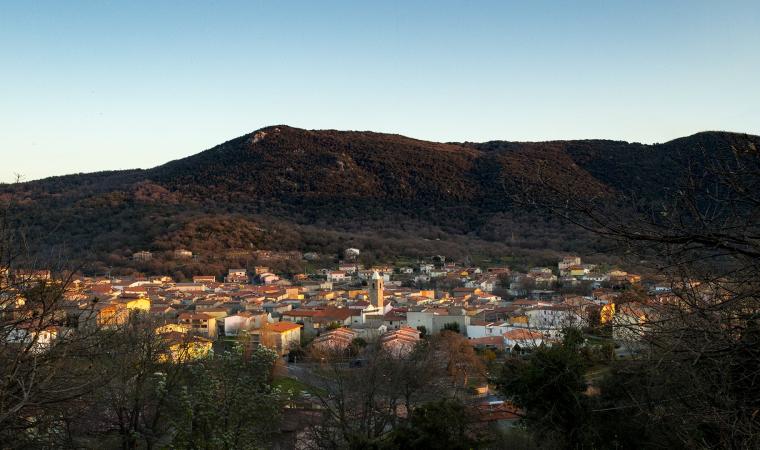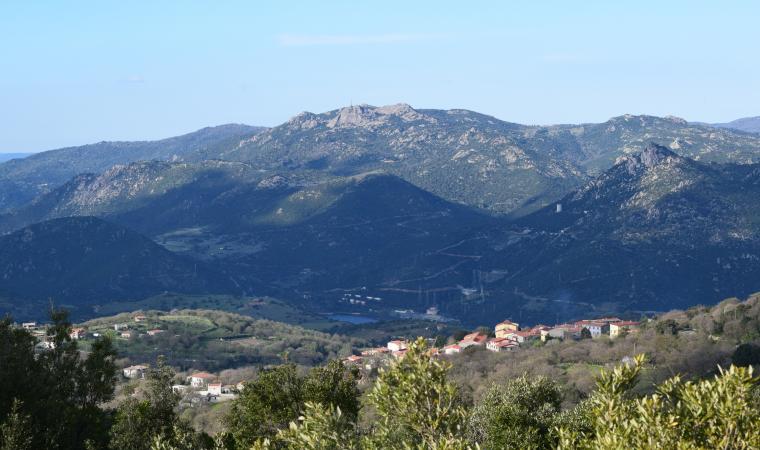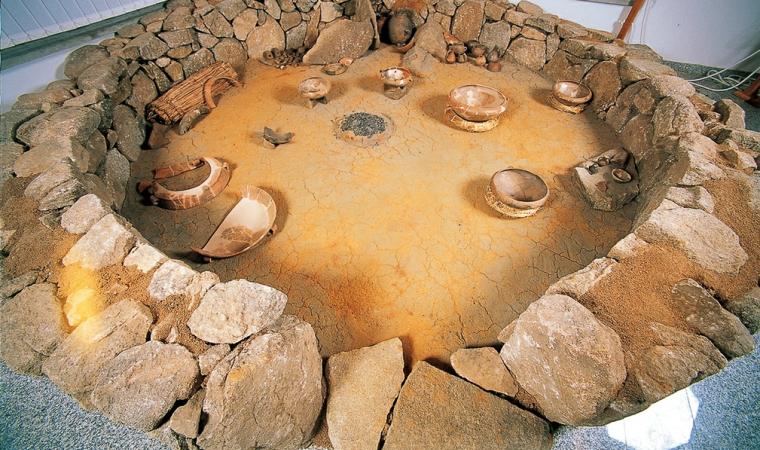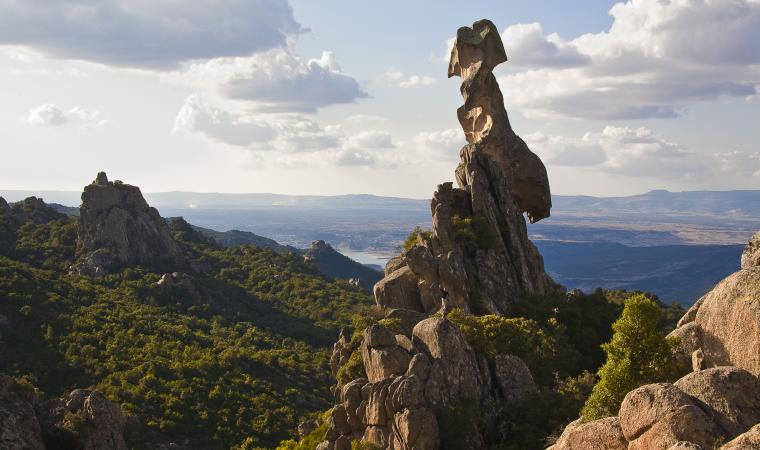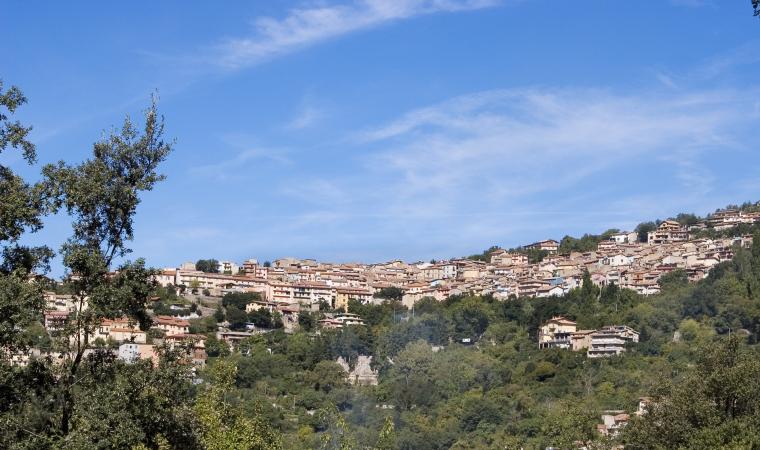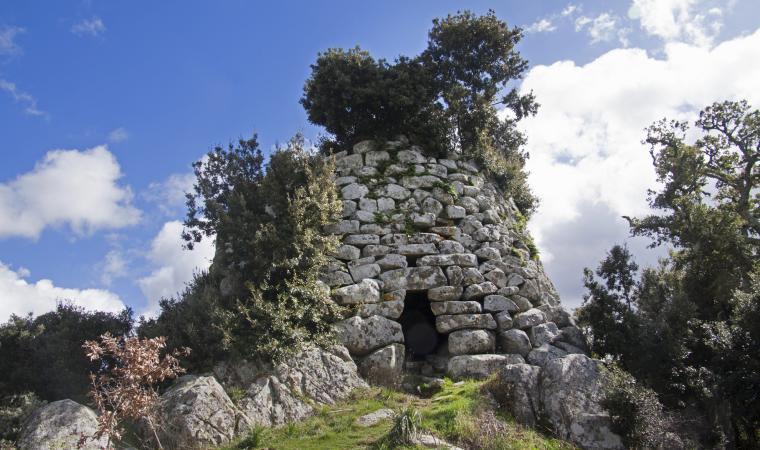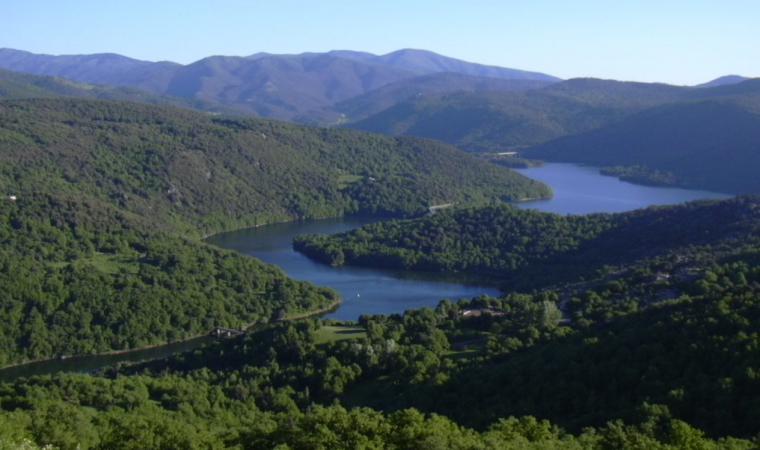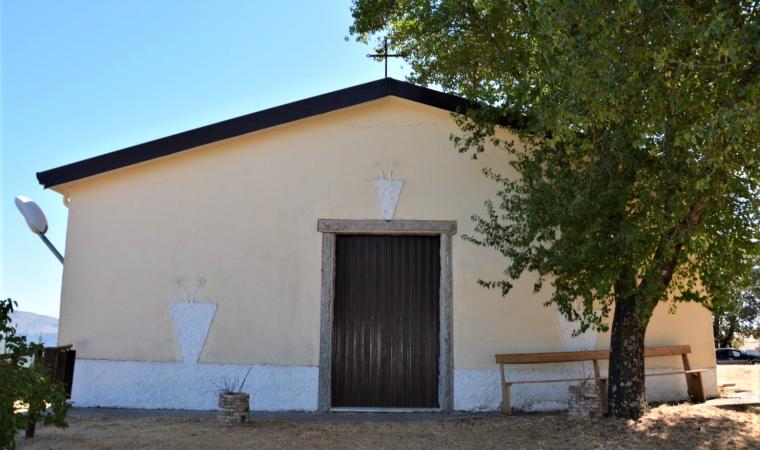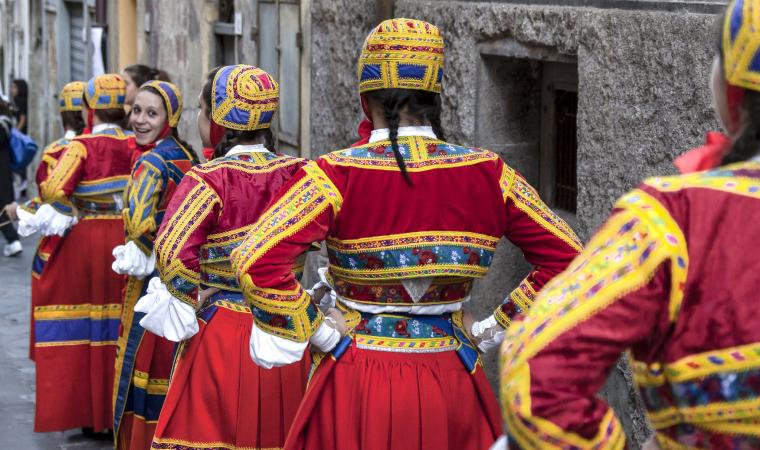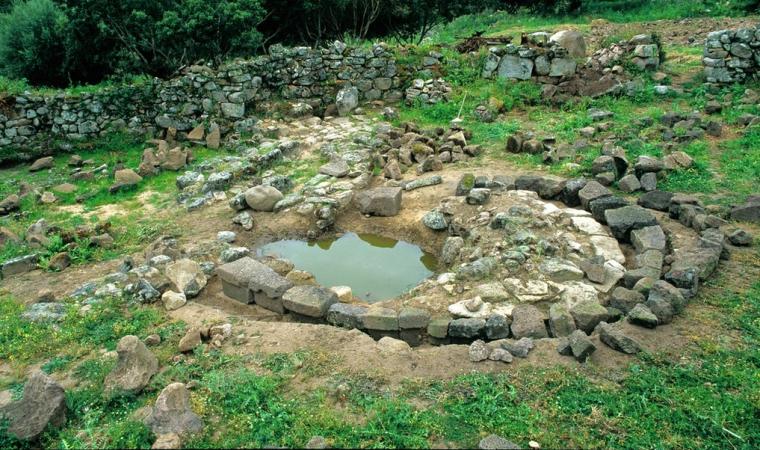It is located on the western slopes of the Gennargentu massif, at an altitude of 600 metres, near the geographical centre of the Island, surrounded by an evocative landscape with mountains over a thousand metres high. Tiana, a village with 500 inhabitants in the Barbagia di Ollolai region, is the village of orbace, a fabric obtained from spinning wool, famous since 206 BC and commonly used until the 20th century, while today it is used to make traditional winter clothes. The environment in Tiana is uncontaminated and its centuries of traditions, simple lifestyle, authentic agri-food products and sense of community contribute to a healthy and serene life: numerous long-living elderly people were born here: Antonio Todde, who was 112 years old in 2001, had been listed in the Guinness book of records as the oldest man in the world. Narrow streets, houses huddled together and corzos, passages covered by arches, the work of the maistos de muru, characterize the historical centre of the village, near which there is the eighteenth-century parish church of Sant'Elena Imperatore, celebrated in mid-August.
The village is set in the Tino valley, at the point in which it is crossed by the Rio Torrei. The two watercourses form an upside-down T flowing into the Taloro lake. The rivers were an economic resource. Between the 18th century and the first half of the 20th century, there were dozens of mills and fulling-mills on their banks. The museum of industrial archaeology Le vie dell'acqua (water routes) in the locality of Gusagu, bears witness to this and includes Sa Cracchera de tziu Bellu, the last active fulling-mill on the Island (one of very few in Europe). Inside it, a large mallet, put into action by the water, presses and fulls the orbace material, making it strong, waterproof and soft.
The outskirts of the village are thick with holm oak, downy oak, cork oak and chestnut tree forests. Not to be missed, are the lush slopes of Mungianeddu, the valley of Bau 'e Fonne and the woods of Sa Costa 'e Sili and Orovole. 85% of the municipal territory is covered in forests. Only Belvì and Seulo has similar percentages in Sardinia. To enter the woods, take the trails that were used during the transhumance of livestock in the past. The agricultural and pastoral tradition is also in the cuisine, with typical breads (pane fresa and pane carasau) and cakes for recurring events: sa panemanna for the Fuochi di Sant'Antonio Abate, pardulas for Easter and papassinos for All Saints' Day. When Autumn in Barbagia comes to Tiana, taste the 'fruttine', almond paste shaped like colourful fruits and sugar-coated. The lay festivity par excellence is the merculis de lessiu, the carnival celebrated on Ash Wednesday, during Lent (like in Ovodda), to mark its profane nature. Tiana has always been a border land, inhabited since prehistoric times, as confirmed by the Domus de Janas of Mancosu and the Nuragic ruins of sa Piraera and Tudulo. In the Roman era, the village was an outpost of Barbarism: here, the people of Barbagia and the Romans lived in contact.

